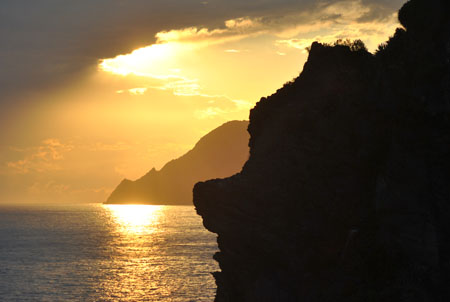The advice that follows cannot be comprehensive and must therefore be regarded as incomplete. Those embarking on potentially hazardous activities on, near or beneath cliffs should seek and observe appropriate professional and local safety advice.
Some cliff accidents are almost chance events - a seagull may dislodge a small rock in dry weather and start a larger rock-fall. However, other accidents are avoidable. Cliffs are products of erosion and they exist only because material at their base has been removed by the sea. At some point there will be consequent further cliff-falls. Activity takes place at a greater rate in some places than in others, and occurs mostly during winter, spring and bad weather. Risks can be greatly reduced by good information, observation and judgement. Keep away from loose rocks, particularly after heavy rain, check local tides and weather conditions and, if possible, obtain advance information on the state of the cliffs. However, safety at the foot of cliffs can never be guaranteed.
Other ever-present dangers are falling, high winds, and becoming trapped by incoming tides. Cliffs are by definition precipitous, and their edges are potentially unstable and even liable to collapse. Keep away from the edges of cliffs and resist the temptation to look over the edge even when lying on the ground. Winds can be strong and unpredictable. Winds coming in from the sea are forced upwards by the cliffs and may be strong enough to lift people off their feet. On high cliffs in exposed areas, it is unwise to approach a cliff edge in any way. When working on a shore-line beneath cliffs, it is important to be aware of incoming tides and the presence or absence of possible escape routes up the cliffs. Do not get into a situation where the tide closes off routes along the shore-line in both directions.






